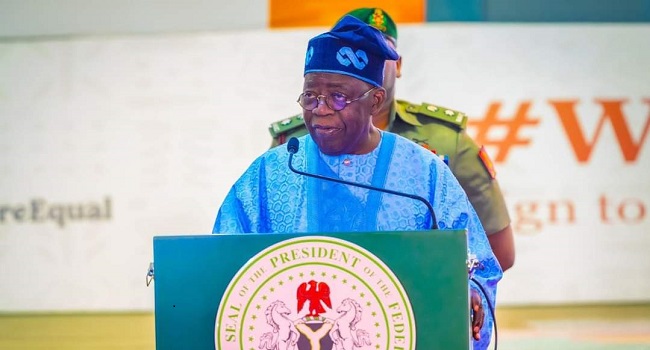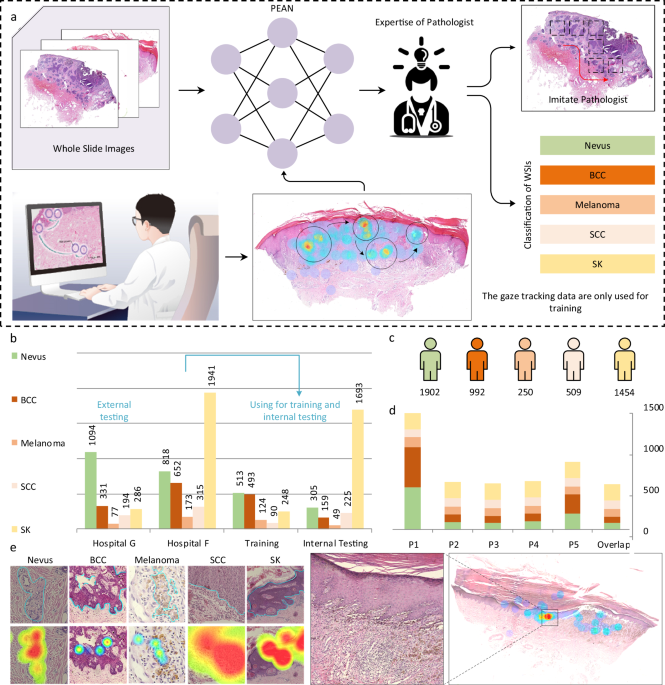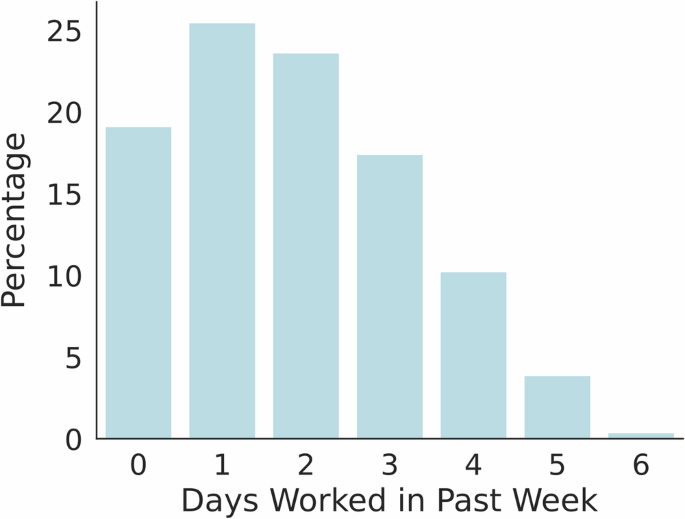Euro Hits 20-Year High, Boosting Crypto Arbitrage and FX Plays
The euro closed higher for a ninth consecutive session on Tuesday, touching $1.1829. It’s strongest level since September 2021 and capping what would be its longest daily winning streak since 2004. The advance, sparked by softer U.S. data and renewed confidence in Europe’s recovery, has lifted the single currency roughly 14 % year‑to‑date. Dealers note the move is notable not only for its speed but for its persistence in the face of lingering political noise in the eurozone.
Across the Atlantic, the dollar index slipped to fresh multi‑year lows as investors absorbed an expanding U.S. fiscal deficit. The prospect of multiple Federal Reserve rate cuts later this year. The greenback’s slide has become a key macro backdrop for risk assets, from European equities to Bitcoin. With fund managers reassessing hedging strategies that once assumed dollar strength would remain a structural feature.
Derivative desks were quick to reprice risk. One‑week at‑the‑money euro‑dollar implied volatility rose to its highest since February, just as call skew reached an eighteen‑month peak. This indicates traders are paying up for upside protection. Activity in €1.20 strike calls expiring after next week’s U.S. payrolls data spiked as leveraged funds positioned for an extension of the rally.Currency‑options desks report a notable pickup in short‑dated risk‑reversal structures that profit if the euro continues climbing while capping downside through put sales. Dealers say the flows are reminiscent of late‑2020, when vaccine‑driven optimism first pushed EUR/USD beyond the 1.20 handle. One London‑based strategist quipped that “FX vols finally look alive again,” pointing out that summer quiet is giving way to “delta‑one momentum chasing.”
A prolonged euro climb creates more than just directional trades. Market‑makers in Frankfurt and Amsterdam say cross‑currency basis spreads have shifted enough to reopen traditional triangular arbitrage routes selling euros versus yen. While simultaneously buying dollars, then closing the loop at tighter bid‑offer spreads. For algorithmic desks, those shifts translate into micro-seconds of riskless profit, but only if latency is low and settlement cycles cooperate.
Crypto traders are watching the same imbalances. Several large European desks now settle stablecoin redemptions directly into euro bank accounts rather than routing through dollars. That allows them to pocket the widening EUR‑USDT premium on continental exchanges.
The crypto market’s inverse correlation with the dollar remains alive. Bitcoin has gained nearly eight percent since the euro’s winning streak began, and Ethereum has outperformed even more on a percentage basis. Macro funds cite dollar weakness as a central reason for re‑establishing long‑risk books after trimming exposure in May. The logic is straightforward: when the dollar falls, non‑yielding assets priced in dollars appear cheaper to holders of strengthening currencies, boosting demand across borders.
Moreover, a stronger euro often coincides with looser European financial conditions. That can translate into higher inflows into ETPs listed in Frankfurt and Zurich. Custodians say that June’s net subscriptions were already positive for the first time since February. July could extend that trend if the currency tailwind continues.
The European Central Bank could choose to lean against euro strength if it jeopardises the inflation outlook. While faster‑than‑expected U.S. rate cuts, currently priced in by futures markets, could under‑deliver, reigniting dollar demand. In options markets, elevated skew means any abrupt reversal could generate outsized losses for investors who sold downside to finance upside exposure.
Crypto traders must also contend with weekend gaps. A break in EUR/USD momentum during illiquid Sunday hours has historically triggered whipsaw moves in BTC‑euro pairs. That could wipe out arbitrage gains and liquidating over‑leveraged positions.











